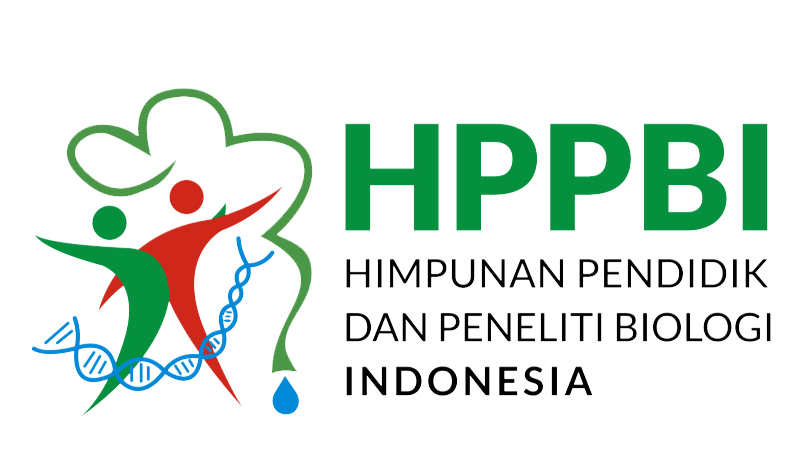Analysis of the Use of Regional Languages in Biology Scientific Terms for Biology Learning in Biology Department Students at Medan State University
Abstract
Language is a crucial tool in scientific communication, particularly in biology, where precise terminology is essential. While Latin scientific names provide standardization, integrating local languages can enhance students' comprehension and engagement. This study examines the impact of using local languages in biological scientific terms among Biology Department students at Medan State University. A qualitative research approach was applied, using online questionnaires and the Guttman scale for data analysis. The results show that 69.93% of students have a positive perception of local language use in biology learning. Most students believe it improves understanding, preserves cultural heritage, and increases motivation. However, challenges arise when local terms do not align with standardized scientific names, leading to misunderstandings. Some students also find it difficult to translate scientific terms into their local language. Despite these challenges, integrating local language fosters cultural appreciation and active learning. A balanced approach combining local and scientific terms is necessary to ensure clarity and accuracy in biology education.
Downloads
References
Aseptianova, Nizkon, & Prasetyo, Ardi, E. (2012). Perilaku Siswa Tentang Penggunaan Nama Ilmiah Pada Mata Pelajaran Biologi Kelas X di SMA Negeri 12 Palembang KOGNISI 64. E-Jurnal Universitas Muhammadiyah Palembang, 3(2), 64–72.
Bujangga, H. (2019). Revitalisasi Bahasa Gayo dan Penuturnya. Procediing of Interational Conference on Islamic Studies.1(1). 326–337.
Holmes, J. (2013). An Introduction to Sociolinguistics. London: Routledge.https://doi.org/10.4324/9781315833057
Kameswari, D. (2022). Pengetahuan Mahasiswa Biologi Terhadap Penggunaan Terminologi Bahasa Latin. Research and Development Journal of Education, 8(1), 256. https://doi.org/10.30998/rdje.v8i1.11187
Khustina, Y. C., & Dewi, H. D. (2023). Terjemahan Istilah Biologi dalam Biologi Edisi Kedelapan Jilid 1. Madah: Jurnal Bahasa Dan Sastra, 13(2), 207–222. https://doi.org/10.31503/madah.v13i2.501
Malo, Indri, Mikaela, R., & Priyastiti, I. (2024). Leksikologi Kosakata Fauna Bahasa Kambera. KULTURISTIK: Jurnal Bahasa Dan Budaya, 8(2), 78–83. https://doi.org/10.22225/kulturistik.8.2.6062
Nainggolan, A. M., Anhar, A., & Rasnovi, S. (2021). Pengetahuan Etnobotani Suku Batak di Kecamatan Sipirok, Sumatera Utara. Jurnal Ilmiah Mahasiswa Pertanian, 6(4), 1021 - 1030. https://doi.org/10.17969/jimfp.v6i4.18093
Noya van Delsen, M. S., & Umkeketony, S. N. (2024). Pengaruh Penggunaan Ragam Bahasa Indonesia Pada Mahasiswa Pendidikan Biologi Universitas Pattimura Tahun 2023. ARBITRER: Jurnal Pendidikan Bahasa Dan Sastra Indonesia, 6(1), 1011–1020. https://doi.org/10.30598/arbitrervol6no1hlm1011-1020
Nurjannah, P., Cornery, Rahma, M., Juniasti, R., & Perawati. (2024). Bahasa dalam Konteks Biologi : Implikasi Evolusi Teori Monogenesis dan Poligenesis. Jurnal Ilmiah Multidisiplin, 2(2), 220–225.
Rahmah, S. M., Dharmono, D., & Prahatama Putra, A. (2021). Kajian Etnobotani Tumbuhan Bungur (Lagerstroemia Speciosa) di Kawasan Hutan Bukit Tamiang Kabupaten Tanah Laut sebagai Buku Ilmiah Populer. Biodik, 7(01), 1–12. https://doi.org/10.22437/bio.v7i01.12048
Riduwan. (2011). Dasar-dasar Statistika. Bandung: Alfabeta.
Silalahi, M. (2016). Pengetahuan Mahasiswa Terhadap Keanekaragaman Tumbuhan Di Lingkungan Kampus (Studi Kasus Prodi Pendidikan Biologi Uki). Al-Kauniyah: Jurnal Biologi, 9(1), 19–25. https://doi.org/10.15408/kauniyah.v9i1.3254
Silalahi, M., Purba, C, E., & Mustaqim, A, W. (2018). Tumbuhan Obat Sumatera Utara Jilid I: Monokotiledon. Universitas Kristen Indonesia Press.
Sinaga, Y. D., Sitanggang, W. P., & ... (2024). Penerapan Bahasa Indonesia Baku dalam Mempelajari Biologi di Tingkat Universitas: Studi Kasus di Universitas Negeri Medan. Jurnal Ilmu Sosil, Humaniora Dan Seni (JISHS), 2(4), 417–423. https://doi.org/10.62379/jishs.v2i4.1717
Sugiyono. (2020). . Metode Penelitian Kuantitatif Kualitatif dan R&D. Bandung: Alfabeta.
Copyright (c) 2025 Mohonia Sabarito Sitohang, Amkani Angelita Pakpahan, Atika Wulandari, Hughes Bazura, Ulfi Khairani Zain, Wirda Resinta Gultom, Yuntha N Manda, Syairal Fahmy Dalimunte

This work is licensed under a Creative Commons Attribution-ShareAlike 4.0 International License.
Authors who publish with this Journal agree to the following terms:
- Author retain copyright and grant the journal right of first publication with the work simultaneously licensed under a creative commons attribution license that allow others to share the work within an acknowledgement of the work’s authorship and initial publication of this journal.
- Authors are able to enter into separate, additional contractual arrangement for the non-exclusive distribution of the journal’s published version of the work (e.g. acknowledgement of its initial publication in this journal).
- Authors are permitted and encouraged to post their work online (e.g. in institutional repositories or on their websites) prior to and during the submission process, as it can lead to productive exchanges, as well as earlier and greater citation of published works

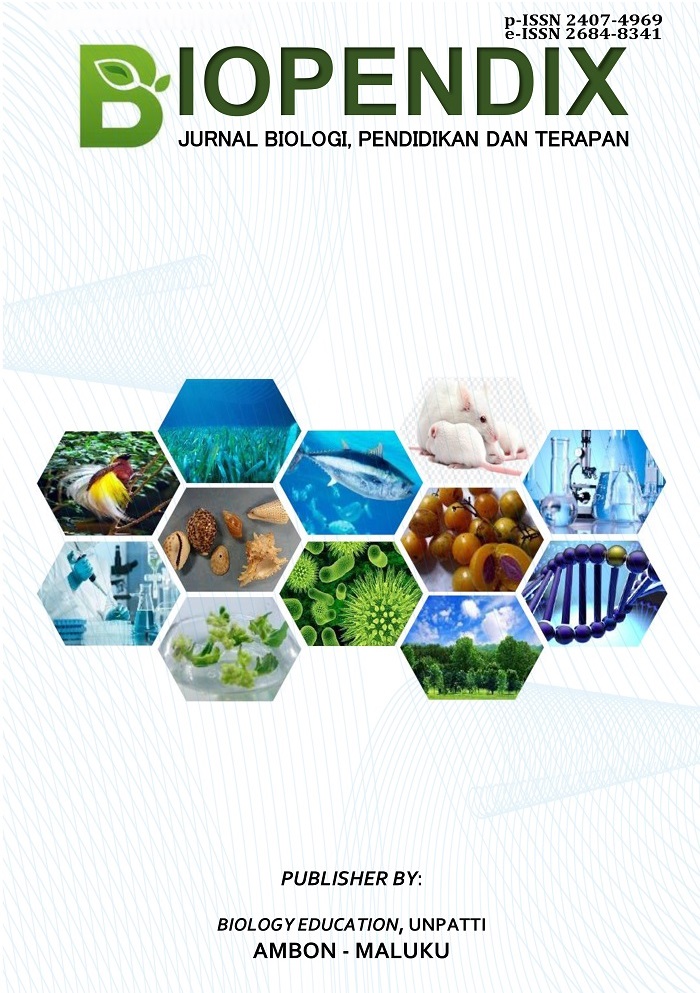
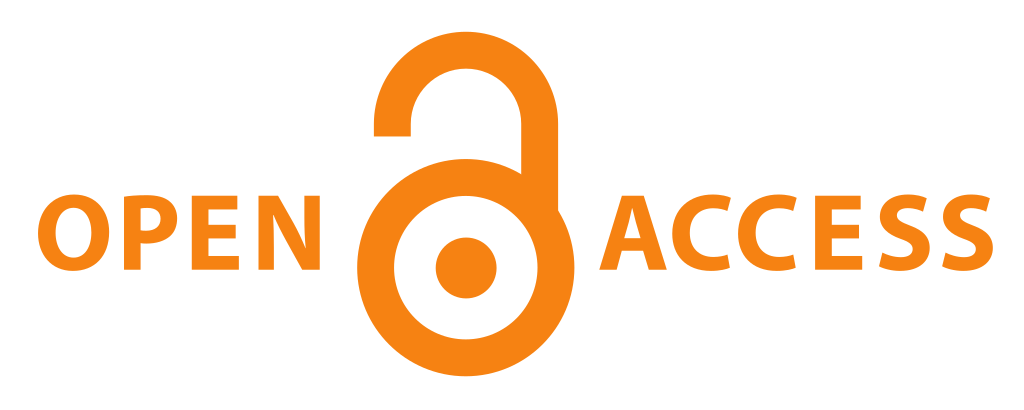
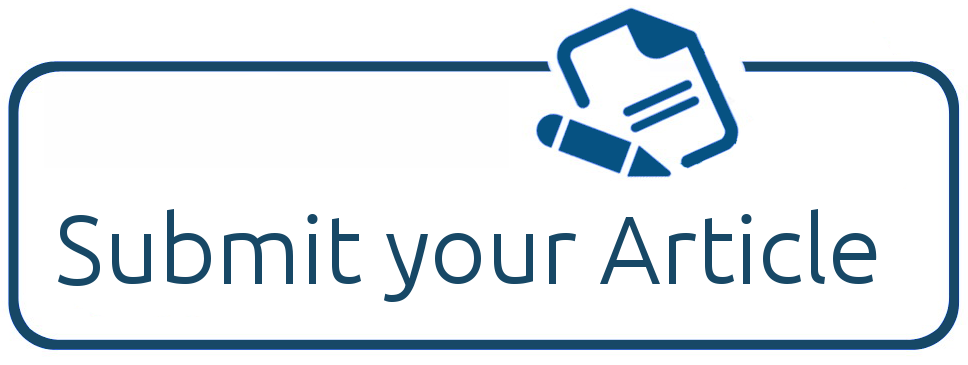

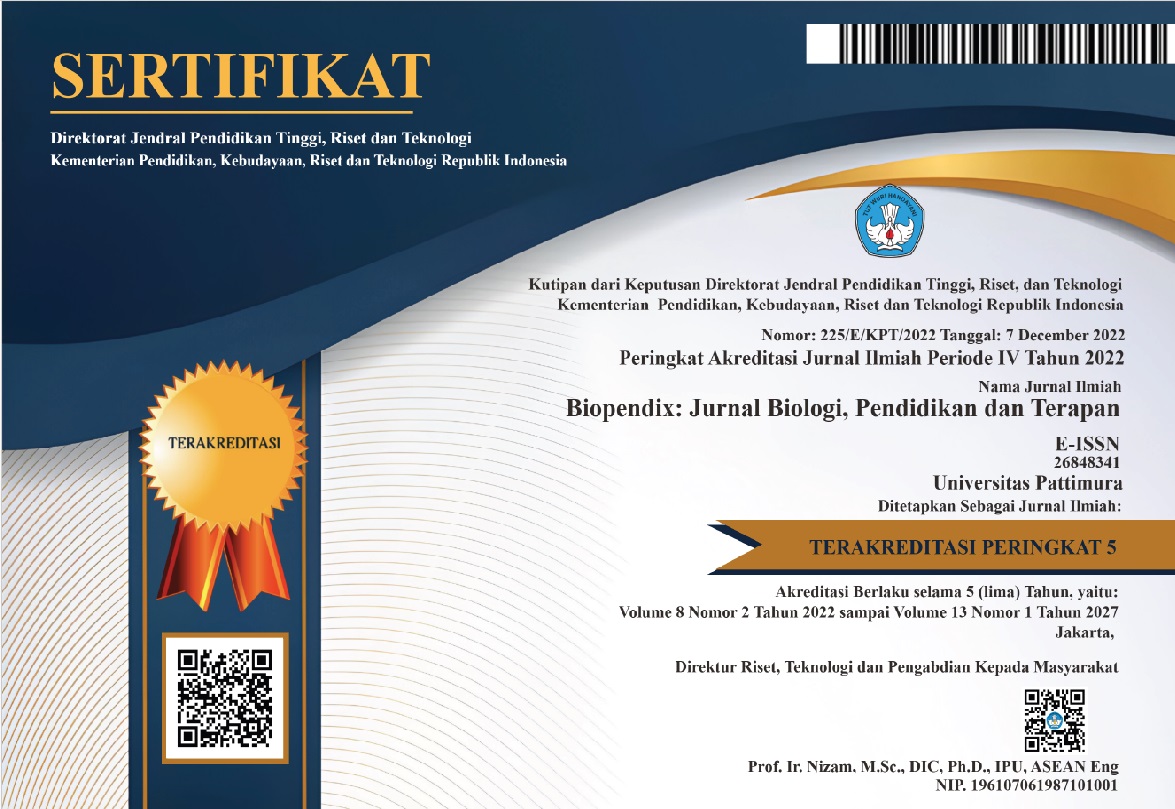 2
2




